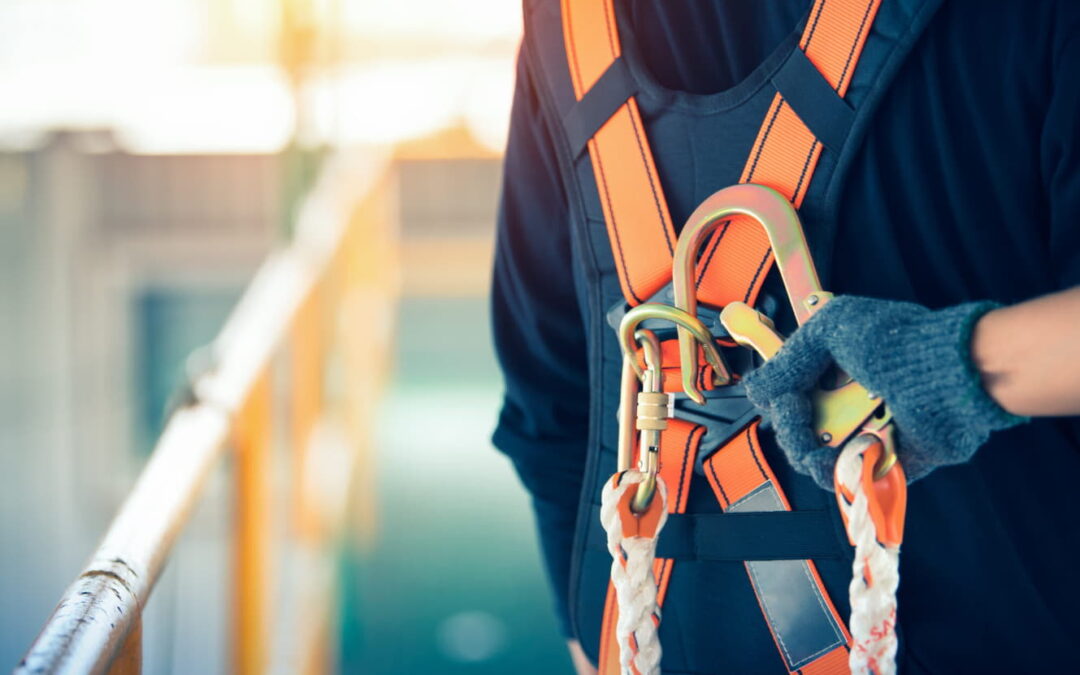When it comes to working at heights, safety is paramount. One of the most critical tools in your safety arsenal is a body harness fall protection system. However, using it correctly is key to ensuring your safety on the job. In this blog post, we’ll explore some crucial tips to help you use your fall protection system safely and effectively.
1. Proper Fit is Non-Negotiable
Before you even step onto the worksite, make sure your body harness fits snugly and correctly. A loose harness can lead to serious injuries in the event of a fall. Adjust the straps to ensure a comfortable yet secure fit. Regularly check and readjust as needed throughout the day.
2. Regular Inspections Are a Must
Just like any other safety equipment, your fall protection system requires regular inspections. Check for signs of wear and tear, damaged stitching, or frayed webbing. If you spot any issues, replace the harness immediately. Your safety is too important to risk using compromised equipment.
3. Choose the Right Anchor Points
The effectiveness of your body harness depends on the strength and suitability of your anchor points. Always select anchor points that can support the intended load. If uncertain, consult with a qualified professional to assess the anchor points on your worksite.
4. Understand Suspension Trauma
In the event of a fall, understanding suspension trauma is crucial. If you’re suspended in your harness, blood can pool in your legs, leading to serious health issues. Always have a rescue plan in place and, if possible, use a suspension trauma relief strap to relieve pressure on your legs while awaiting rescue.
5. Regular Training is Essential
Proper use of a body harness system requires training. Ensure that all workers using the equipment are well-trained in its use. This includes understanding how to properly don and doff the harness, as well as the correct procedures in case of a fall.
Conclusion
In conclusion, using a body harness fall protection system is a non-negotiable aspect of working at heights. By prioritizing a proper fit, regular inspections, suitable anchor points, awareness of suspension trauma, and ongoing training, you can ensure the safety and well-being of yourself and your team. Never compromise on safety – your life depends on it.
